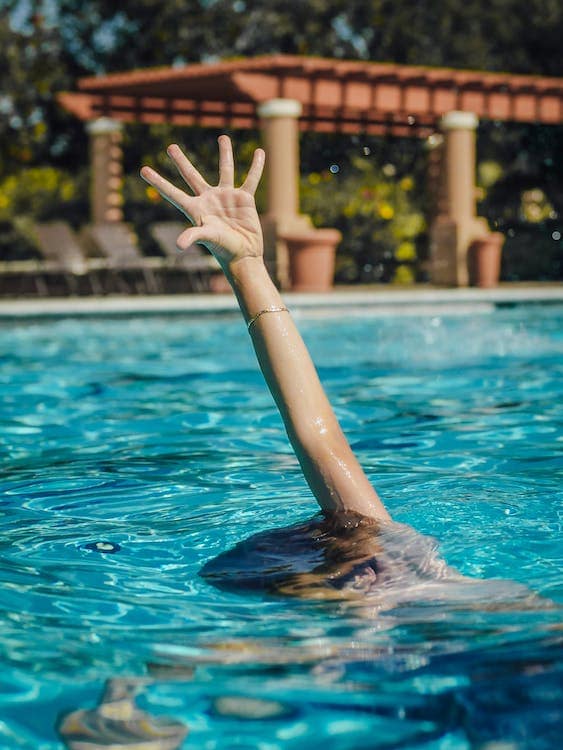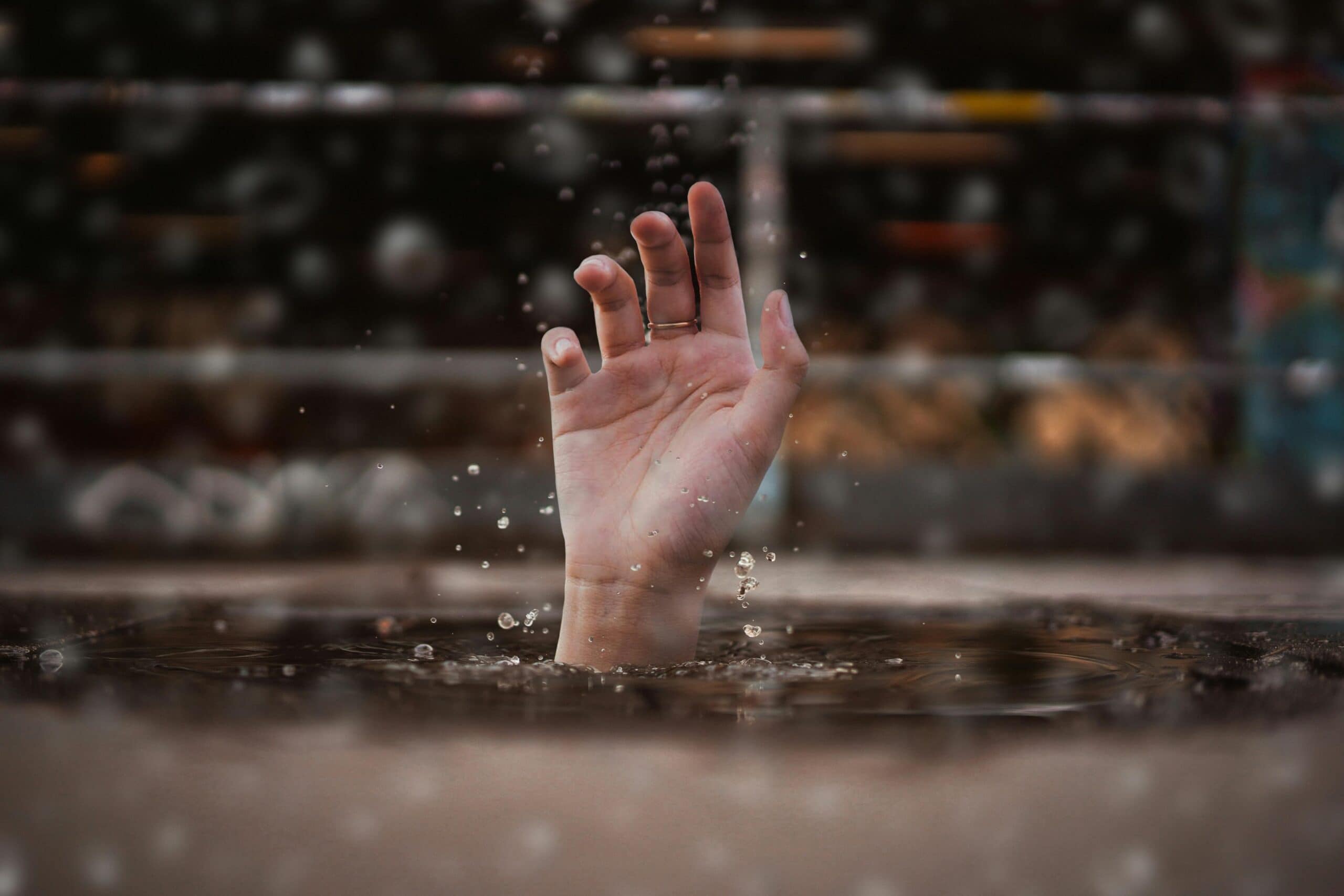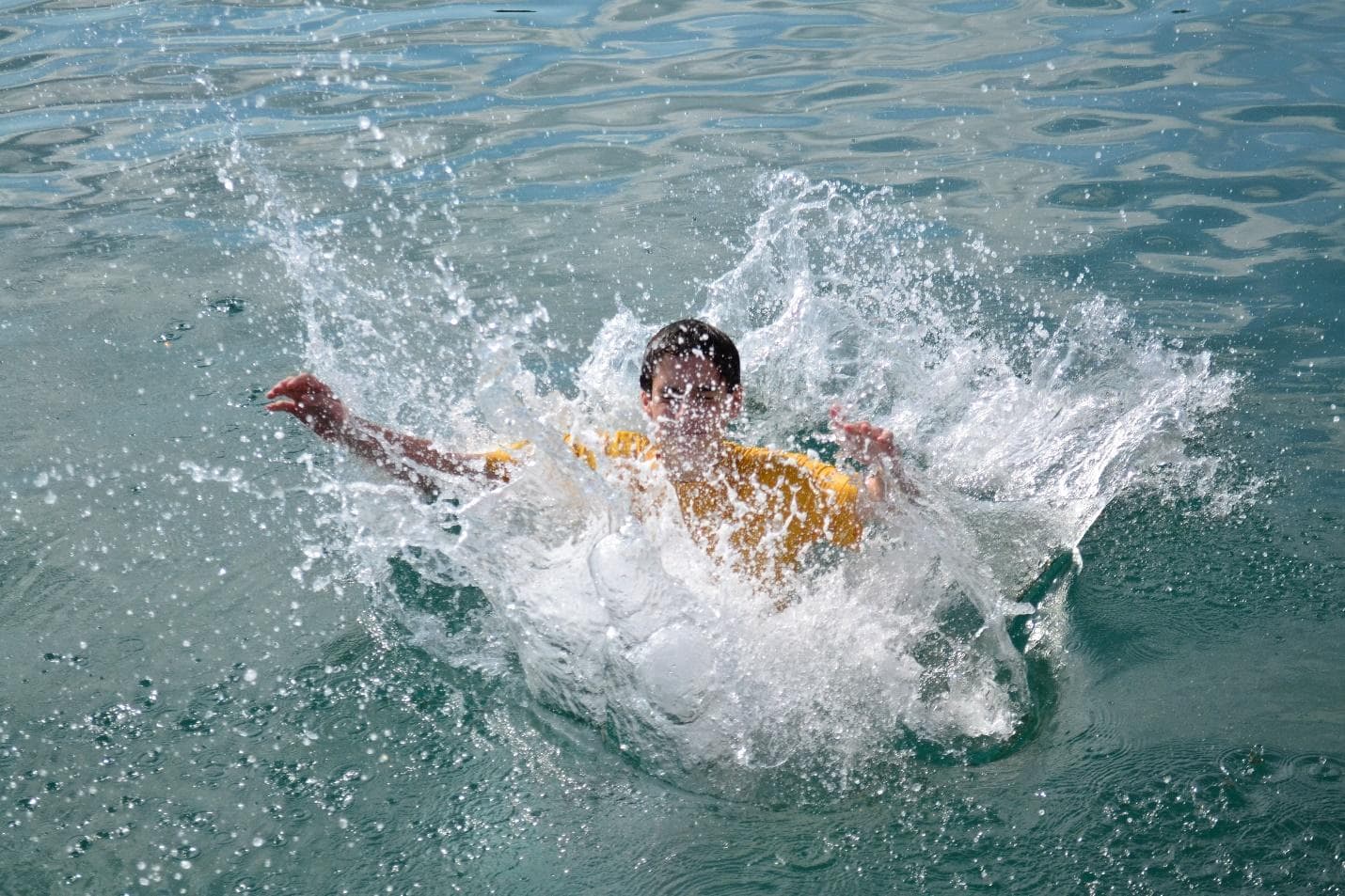
Near drowning incidents, though non-fatal, can lead to severe and permanent injuries, including brain damage, respiratory impairment, and lifelong disabilities. The main questions that remain unanswered in such cases are: ‘Can you sue for a near drowning incident?’ and ‘Is it wise to seek legal help?'”.
These aquatic accidents often occur in swimming pools, hot tubs, and other water-related facilities due to negligence, inadequate supervision, or lack of safety measures.
Understanding your legal rights and whether you can sue for a near drowning incident is vital for victims and their families seeking justice and financial compensation.
Understanding Near Drowning Incidents
A near drowning occurs when a person survives a drowning event, typically after being submerged in water for an extended period. While the victim may be revived, they often suffer serious complications such as oxygen deprivation to the brain, lung damage, or permanent injury.
These incidents can happen in public pools, private pools, backyard pools, apartment complexes, daycare centers, and private residences. They are particularly common among children, who may not recognize danger or lack the skills to swim.
Liability and Legal Grounds for Lawsuits In Such Cases
Can you sue for a near drowning incident? The answer is yes, if the incident resulted from negligence. A personal injury case can be filed against the responsible parties.
These can include property owners, swimming pool owners, pool operators, or caretakers. Like drowning deaths, near drowning injuries can be grounds for legal action under personal injury law. This info can help people file a lawsuit and see who should be held liable.
To establish liability, the plaintiff must prove:
Duty of Care:
The defendant owed a duty of care to the victim.
Breach of Duty:
The defendant breached that duty through negligent actions or inaction.
Causation:
The breach directly caused the near drowning.
Damages:
The victim suffered physical, emotional, or financial harm.
Common Causes of Near Drowning Accidents
- Inadequate supervision at pools or aquatic facilities.
- Lack of life-saving equipment, like flotation devices or pool alarms.
- Defective or dangerous pool drains.
- Missing or broken pool gates and fences.
- Failure to post warning signs.
- Non-compliance with local safety regulations.
Negligent Parties in Near Drowning Cases
Multiple parties may be held responsible, including:
Property Owners:
If a property owner fails to maintain a safe environment or does not install proper barriers around a pool.
Swimming Pool Owners and Operators:
Private pool owners and public pool managers must ensure compliance with safety standards.
Daycare Centers and Schools:
Facilities responsible for child care must provide constant supervision during water activities.
Product Manufacturers:
If the pool equipment malfunctions or lacks adequate safety features.

Legal Options for Victims and Families
Victims of near drowning incidents or their families can file a personal injury lawsuit against negligent parties. In some cases, particularly involving children, legal guardians may initiate the claim. Depending on the outcome, plaintiffs may receive financial compensation for:
- Medical bills and future medical expenses
- Lost wages or loss of earning capacity
- Pain and suffering
- Permanent disabilities
- Emotional distress
The Role of Personal Injury Law Firms
A personal injury law firm with experience in drowning accident cases can provide vital support in pursuing legal action. Drowning accident lawyers or a dedicated drowning accident attorney can offer a free drowning lawsuit consultation to review your case.
These experienced drowning lawyers assess the facts, gather evidence, and guide you through the legal process.
The Legal Process
Initial Consultation:
Victims or families meet with a personal injury lawyer to discuss the incident.
Investigation:
The legal team investigates the accident scene, collects medical records, interviews witnesses, and inspects safety equipment.
Filing the Claim:
A legal claim is filed against the negligent parties.
Negotiation:
Often, attorneys negotiate with insurance companies to reach a settlement.
Litigation:
If no settlement is reached, the case proceeds to trial.
Drowning Lawsuits vs. Near Drowning Lawsuits
While both types of cases fall under personal injury law, wrongful death lawsuits apply only to fatal drownings. In contrast, near drowning incidents involve injury victims who survived.
However, the legal principles remain the same, focusing on negligence and liability. Both types of claims aim to hold responsible parties accountable and secure financial compensation.
Key Evidence in a Near Drowning Case
Medical Records: Document the injuries and treatment received.
Photos and Videos:
Capture the accident scene and unsafe conditions.
Witness Statements:
Help establish a lack of supervision or safety lapses.
Maintenance Logs:
Prove if safety measures were routinely ignored.
Inspection Reports:
Show whether safety equipment and pool gates were functional.

Safety Regulations and Premises Liability
Swimming pools and aquatic facilities must comply with safety regulations, including proper fencing, functional pool drains, and visible warning signs.
Failure to do so can lead to liability under premises liability laws. These laws hold property owners responsible for injuries that occur due to unsafe conditions on their premises.
Inadequate Supervision and Legal Responsibility
In many near drowning cases, inadequate supervision is a key factor. Whether in public pools, daycare centers, or private pools, responsible parties must provide adequate supervision to prevent aquatic accidents. Failing to do so can constitute negligence and form the basis for a legal claim.
Fatal Drownings and Wrongful Death Claims
If a near drowning incident escalates to a fatal drowning, surviving family members can file a wrongful death claim. These claims seek compensation for:
- Funeral and burial costs
- Loss of companionship
- Loss of financial support
- Emotional trauma
Statistics and Public Health Impact
Drowning is the fifth leading cause of unintentional death in the U.S., with thousands of near drownings reported annually. These incidents result in significant medical expenses, long-term care needs, and emotional trauma for families.
Financial Compensation and Justice
Legal action following a near drowning helps victims seek justice and obtain financial compensation. This support is crucial for managing ongoing medical care and securing the victim’s future.
Holding negligent parties responsible also promotes better safety practices, reducing the likelihood of future tragedies.
Private Pools vs. Public Pools
Private Residences and Backyard Pools:
Owners must ensure their pools are secure, especially if children live nearby. Unlocked gates or unmonitored pool access can result in liability.
Public Pools and Apartment Complexes:
Must comply with municipal codes and hire trained lifeguards. Safety violations increase liability risks.

How Life Jackets and Safety Equipment Help
The use of life jackets, life-saving equipment, and proper fencing can prevent many drowning and near drowning incidents. Ensuring all safety equipment is functional and accessible is a legal responsibility that falls on pool owners and operators.
Bottom Line: Establishing an Attorney-Client Relationship
Choosing the right drowning accident lawyer is essential. An attorney-client relationship provides confidentiality and allows your attorney to represent your interests fully. A skilled law firm specializing in aquatic accidents will offer dedicated support throughout the process.
Seek Justice With an Experienced Drowning Accident Attorney at BLG
If you or a loved one has been involved in a near drowning incident, don’t wait to seek legal help. An experienced drowning accident attorney can help determine if you have a case and advise on the best course of legal action. Many firms offer a free drowning lawsuit consultation to get started.
By pursuing a personal injury case with Bourassa Law Group, you can hold negligent parties accountable, receive compensation for damages, and help ensure others do not suffer the same fate. Near drowning victims deserve justice, support, and a pathway to recovery.





